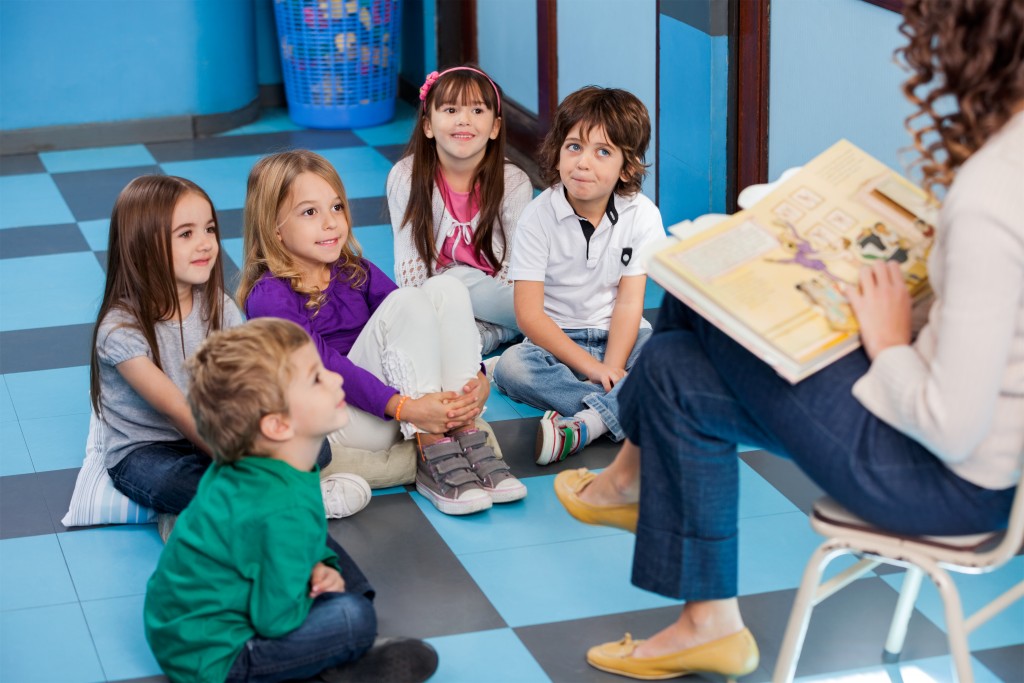- Provide a variety of art supplies to encourage exploration and creativity.
- Create a supportive and inspiring environment with exposure to different forms of art.
- Encourage creative play and exploration, emphasizing the process over the result.
- Consider enrolling your child in art classes or workshops for structured learning and social interaction.
- Foster a love for art in everyday life by incorporating it into daily routines and celebrating their artistic achievements.
Encouraging and nurturing your little one’s artistic abilities is a beautiful way to foster creativity and self-expression. Art provides an outlet for imagination and can help develop fine motor skills, problem-solving abilities, and confidence. If you want to enhance your child’s artistic abilities, here are five helpful tips to inspire their creative journey.
1. Provide a Variety of Art Supplies
You must provide your child with many art supplies to foster artistic growth. Having diverse art supplies at their disposal encourages exploration, expands their artistic horizons, and allows them to develop their unique style.
Here are the types of art supplies that you must have:
Drawing Supplies
Drawing is essential for any artist; having the right supplies can make all the difference. Pencils are a must-have, with varying degrees of hardness for different effects. Colored pencils offer endless possibilities for shading and blending colors. Charcoal and pastels provide rich textures and unique mark-making opportunities. Consider offering different types of paper, such as sketch, watercolor, and pastel paper, to allow experimentation with different techniques.
Painting Supplies

Painting is another popular medium that allows for self-expression and creativity. Watercolors are a great place to start; they are easy to use and clean up. Acrylic paint offers vibrant colors and dries quickly, making it perfect for beginners. Oil paint is more advanced and requires more skill, but the results can be stunning. Don’t forget to provide various brush sizes, shapes and palettes for mixing colors.
Sculpting Supplies
Sculpting is a three-dimensional form of art that allows for tactile exploration. Clay is a versatile material that can be molded into various shapes and forms. Air-dry clay is a great option for beginners as it doesn’t require a kiln to harden. Model magic and playdough are also fun alternatives that allow for easy manipulation. Don’t forget to provide sculpting tools such as wire, toothpicks, and carving tools for more intricate designs.
Collage Supplies
Collage combines various materials, such as paper, fabric, and found objects, to create a unique composition. It’s a great way to repurpose old materials and allow for endless creativity. Offer a variety of papers, fabrics, magazines, and other recyclable materials for your child to work with. Glue sticks and scissors are essential tools for creating collages.
2. Create a Supportive and Inspiring Environment
Creating a supportive and inspiring environment is key to nurturing your child’s artistic abilities. Dedicate a designated art space where your little one can freely create without constraints. Set up a small table or easel with their art supplies readily accessible. Hang their artwork on display, providing a sense of pride and encouragement.
Expose your child to different forms of art, both traditional and contemporary. Visit art museums, galleries, and local exhibitions to expose them to various artistic styles and techniques. Encourage discussions about art and ask open-ended questions to stimulate their creativity and critical thinking skills.
3. Encourage Creative Exploration and Play

Children learn best through play, so encourage your little ones to explore and experiment creatively. Provide open-ended prompts and challenges that allow them to think outside the box. For example, ask them to draw a picture using only geometric shapes or create a sculpture using recycled materials.
Allow your child to take risks and embrace mistakes as part of the creative process. Encourage them to try new techniques or approaches without fear of judgment. Emphasize the process of creating rather than focusing solely on the result, fostering a love for artistic exploration and self-expression.
4. Support Artistic Education and Exposure
Consider enrolling your child in art classes or workshops to develop their artistic abilities further. Look for programs that provide age-appropriate instruction and encourage creativity. Art classes can provide a structured learning environment, expose your child to new techniques, and allow for social interaction with other young artists.
Additionally, expose your child to the arts beyond visual mediums. Consider introducing them to music through Kindermusik classes, which combine music and movement to stimulate creativity and cognitive development. Kindermusik classes provide a fun and interactive way for children to learn about rhythm, melody, and different instruments.
5. Foster a Love for Art in Everyday Life
Make art an integral part of your child’s everyday life. Encourage them to create art during free playtime, incorporate art into daily routines, and celebrate their artistic achievements. Display their artwork prominently at home and share it with friends and family. Provide opportunities for them to share their artistic creations, such as hosting an art show or creating homemade cards to give as gifts.
Look for ways to infuse art into other areas of their life, such as incorporating art into storytelling or encouraging them to illustrate their favorite books. By nurturing a love for art in everyday life, you reinforce its importance and inspire your child to continue exploring their artistic abilities.
In Summary
Enhancing your little one’s artistic abilities is a rewarding and exciting journey. By providing a variety of art supplies, creating a supportive environment, encouraging creative exploration, supporting artistic education, and fostering a love for art in everyday life, you can help your child develop their artistic skills and ignite a lifelong passion for creativity. Remember, embracing and celebrating your child’s unique creative spirit is the most important aspect of nurturing artistic abilities.


